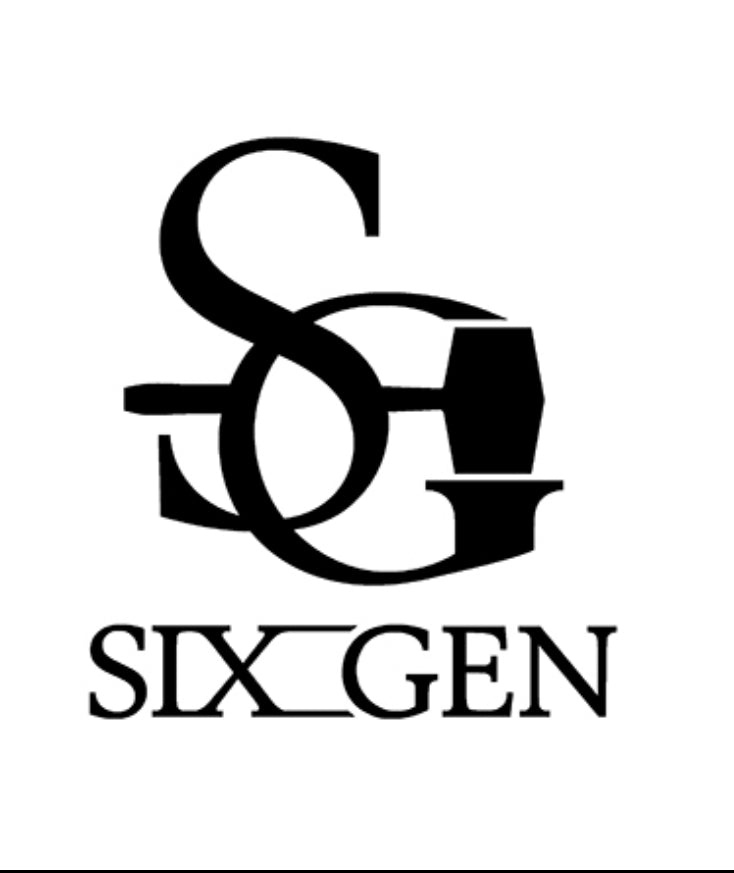Introduction
Knife making is a craft that requires precision and patience. One of the most important steps in creating a quality knife is sanding. Sanding helps to refine the blade's edge and shape, creating a sharp and polished finish. However, not all sanding belts are created equal. In this article, we will discuss the pros and cons of different types of sanding belts used for knife making.
1. Ceramic Sanding Belts
Ceramic sanding belts are a popular choice among knife makers. They are known for their durability and long-lasting abrasive properties. Ceramic belts are ideal for shaping and sharpening the blade, as they can remove material quickly and efficiently. They are also resistant to heat, making them a good choice for high-speed grinding.
- Pros: Durable, long-lasting, efficient, heat-resistant
- Cons: Expensive, less flexible than other belts
Shop Ceramic Belts by clicking here!
2. Zirconia Sanding Belts
Zirconia sanding belts are another popular choice for knife makers. Like ceramic belts, they are durable and long-lasting. They are also flexible, making them a good choice for sanding curves and contours. Zirconia belts are ideal for grinding and shaping the blade, as they can remove material quickly and efficiently.
- Pros: Durable, long-lasting, flexible, efficient
- Cons: Expensive
Shop Zirconia Belts by clicking here!
3. Silicon Carbide Sanding Belts
Silicon carbide sanding belts are a more affordable option for knife makers. They are known for their aggressive cutting properties, making them a good choice for removing material quickly. Silicon carbide belts are also flexible, making them a good choice for sanding curves and contours. However, they are less durable than ceramic and zirconia belts, and may need to be replaced more frequently.
- Pros: Affordable, aggressive cutting properties, flexible
- Cons: Less durable than ceramic and zirconia belts
Shop Silicon Carbide Belts by clicking here!
4. Micron Sanding Belts
Micron sanding belts are great at taking off minute amounts of metal at a time.This is a great choice as you get into your higher grits when wanting to remove little steel and starting your polishing progression. Micron Sanding Belts are also flexible, making them a good choice for sanding curves and contours especially hollow grinds. However, they are less durable than ceramic and zirconia belts, and may need to be replaced more frequently.
- Pros: Affordable, Flexible, Removes small amount of material, polishing characteristics
- Cons: Less durable than ceramic and zirconia belts
Shop Micron Sanding Belts by clicking here!
5. Aluminum Oxide (A/O) Sanding Belts
Aluminum Oxide (A/O) sanding belts are a more affordable option for knife makers. They are known for their basic or general cutting properties, making them a good choice for removing regular amounts of material. However, they are less durable than ceramic and zirconia belts, and may need to be replaced more frequently.
- Pros: Affordable, General Purpose, flexible
- Cons: Less durable than ceramic and zirconia belts
Shop Aluminum Oxide (A/O) Belts by clicking here!
6. Trizact Sanding Belts
Trizact sanding belts are a more expensive, but can help "up your game" as a knife maker. They are known for their consistent cutting surface for cutting through your harder and specialty metals. These belts are very durable and can also be used wet. Because of the material it is made out of it can be ran at higher speeds.
- Pros: Can use wet, cuts harder and specialty metals, run at high speeds, consistent finish, and great for polishing
- Cons: Expensive and can clog faster if not used properly
Shop Trizact Sanding Belts by clicking here!
7. Flex Belts
Flex sanding belts are a great option to get in all those hard to get areas. They are known for their flexible backing making them great for contouring and hollow grinding. There are regular belts and scalloped belts. The Scalloped is considered a soft edge belt which makes it easier to belt in those sharp transition points.
- Pros: Flexible, great for contouring and getting those hard to get spots
- Cons: May need to replace more often
Shop Flex Belts by clicking here!

8. Surface Conditioning & Polishing Belts
Surface Condition & Polishing Belts are a must have in your knife making arsenal. They are known for their flexible backing making them great for contouring, hollow grinding, and getting that mirror finish. These belts range from Scotch- Brite Belts that give you a satin finish, to cork and felt belts to get that mirror finish, and finally your leather belts for stopping and getting that wicked edge.
- Pros: Great for finishing, polishing, and obtaining a wicked edge
- Cons: May need to replace more often
Shop Surface Conditioning & Polishing Belts by clicking here!
Conclusion
When it comes to choosing a sanding belt for knife making, there are several options to consider. Ceramic and zirconia belts are durable and long-lasting, making them a good choice for high-speed grinding and shaping. Silicon carbide belts are a more affordable option, but may need to be replaced more frequently. Ultimately, the choice of sanding belt will depend on your personal preferences and the specific needs of your project.
Looking to learn more or find out what else is happening in the world of smithing? Check out BRUTE de FORGE and get connected more with the smithing through articles, interviews, and relevant events!
Interested in reading more articles from Flames and Blades? Check out more blog posts here! New posts come out every Tuesday!













